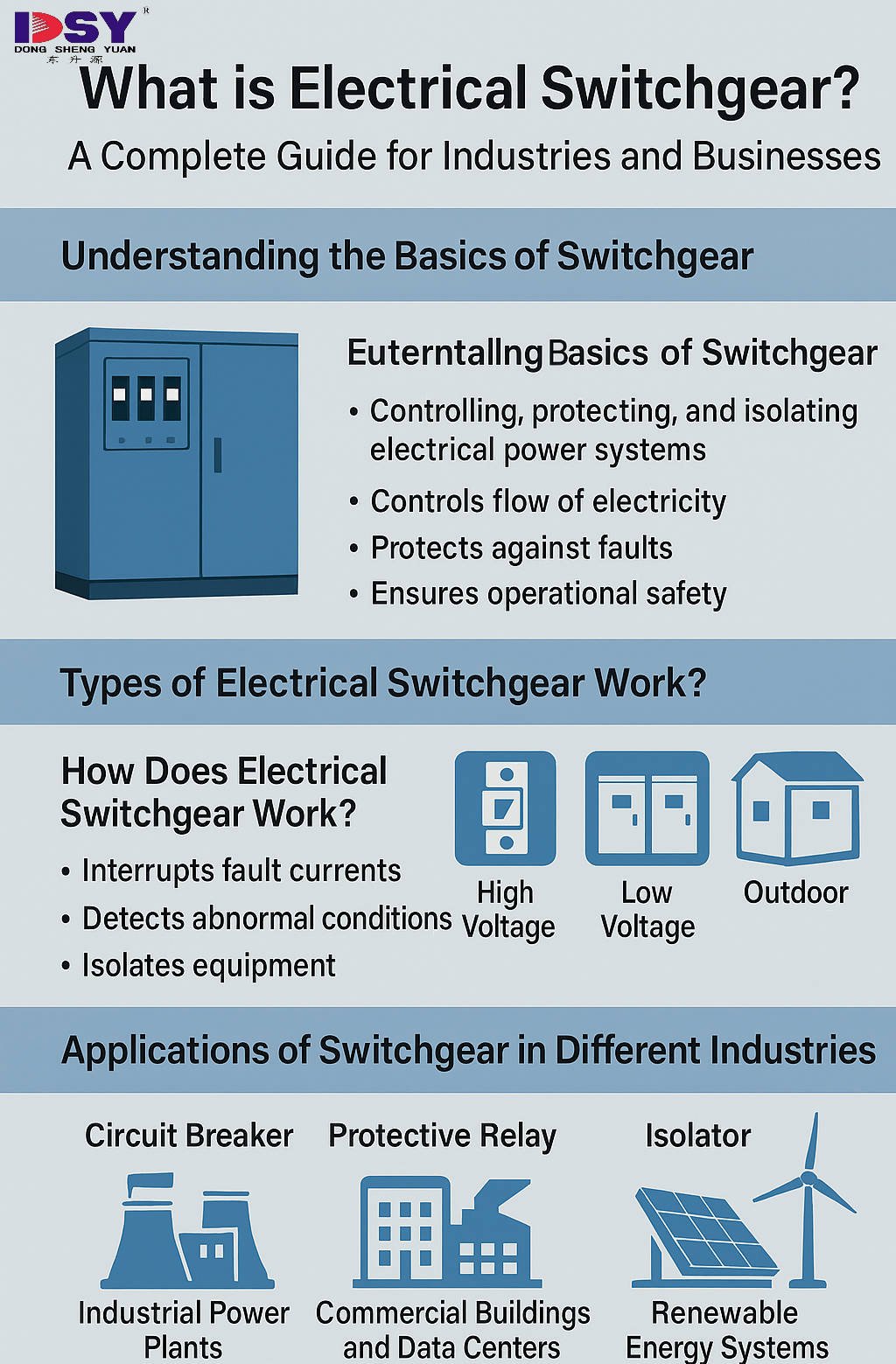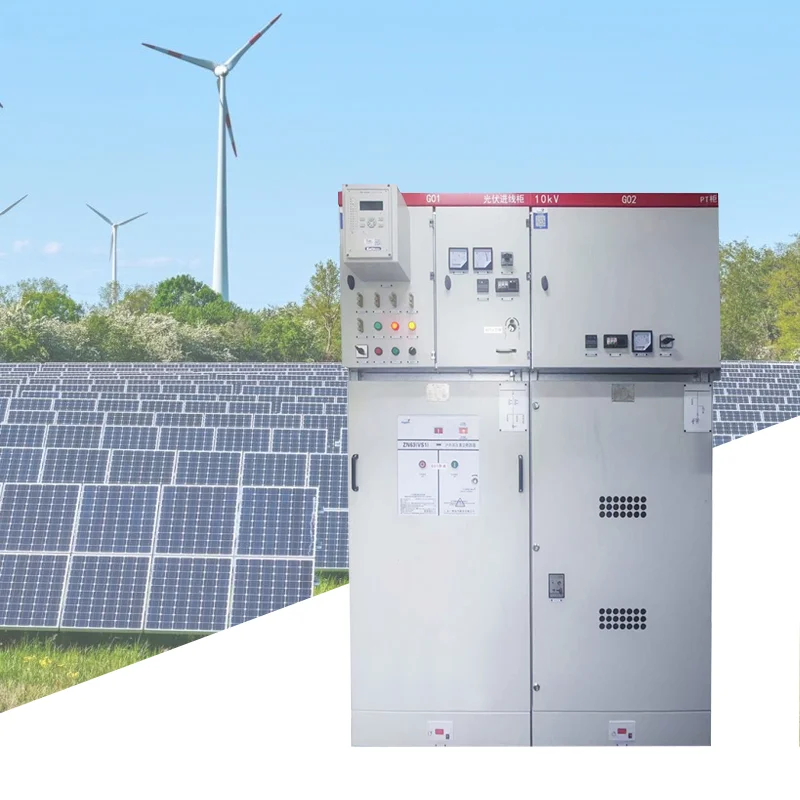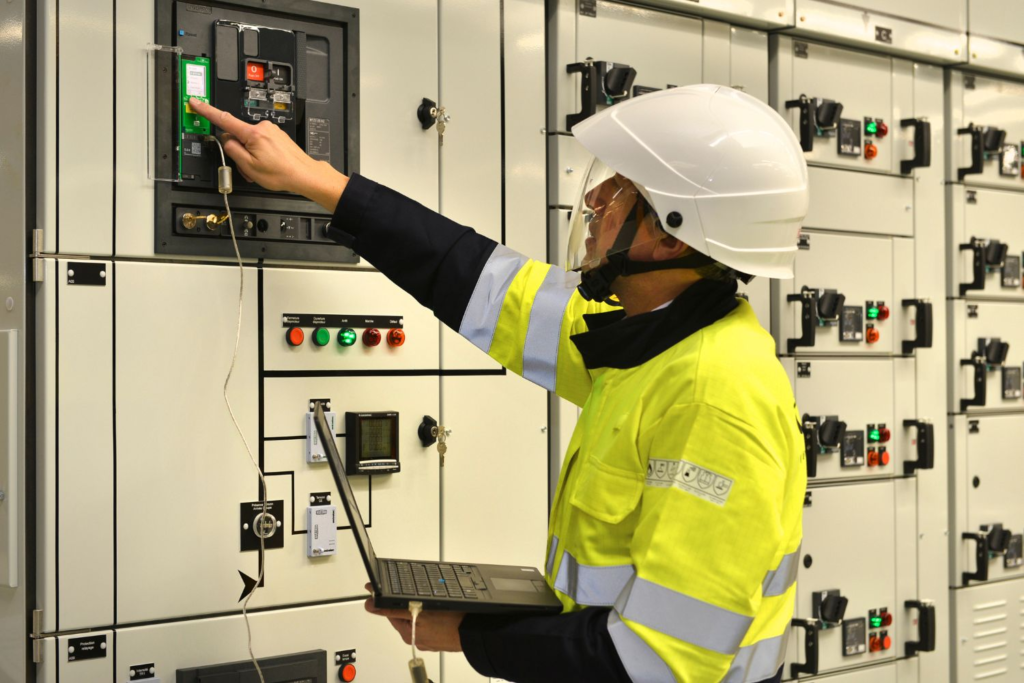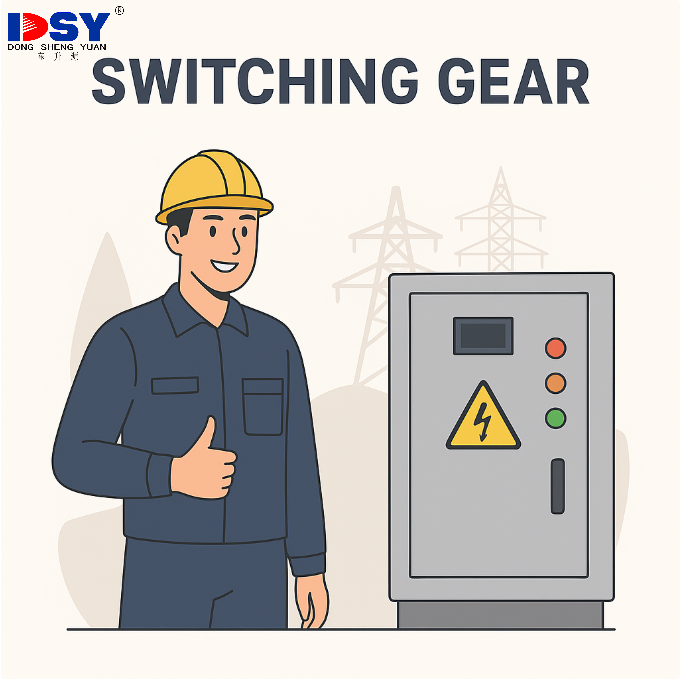What is Electrical Switchgear? Complete Guide for Industries
What is electrical switchgear? Learn its definition, types, functions, and industrial uses. Trusted switchgear solutions by Dongshengyuan Electronic.
Understanding the Basics of Electrical Switchgear
In today’s power systems, electrical switchgear is the backbone of safe and efficient energy distribution. But what is electrical switchgear exactly?
In simple terms, switchgear is a combination of devices—like disconnect switches, circuit breakers, and protective relays—that control, isolate, and protect electrical equipment. Think of it as the central control hub of a power system, ensuring smooth operation and protecting people and infrastructure from faults.
More details can be found in Wikipedia on Switchgear.
Definition in Electrical Engineering
From an engineering perspective, switchgear refers to the integrated assembly of equipment used to control the flow of electricity and protect the network from overloads or short circuits. It includes essential components like relays, breakers, and busbars, working together for system reliability.
Why is Switchgear Important for Power Distribution?
Switchgear is crucial because it:
-
Protects equipment from electrical faults
-
Ensures operator safety by isolating defective sections
-
Maintains system stability to avoid cascading failures
-
Improves the reliability of industrial and commercial power networks
Whether in a manufacturing plant, data center, or renewable energy facility, switchgear is essential for safe power control.
Types of Electrical Switchgear
Electrical switchgear comes in different forms, based on voltage levels, installation environments, and safety requirements.
High Voltage vs. Low Voltage Switchgear
-
High Voltage (HV) Switchgear: Used above 36kV in transmission networks.
-
Medium Voltage (MV) Switchgear: Operates between 3.3kV and 36kV, common in industries.
-
Low Voltage (LV) Switchgear: Below 1kV, used in residential and commercial buildings.
Image suggestion: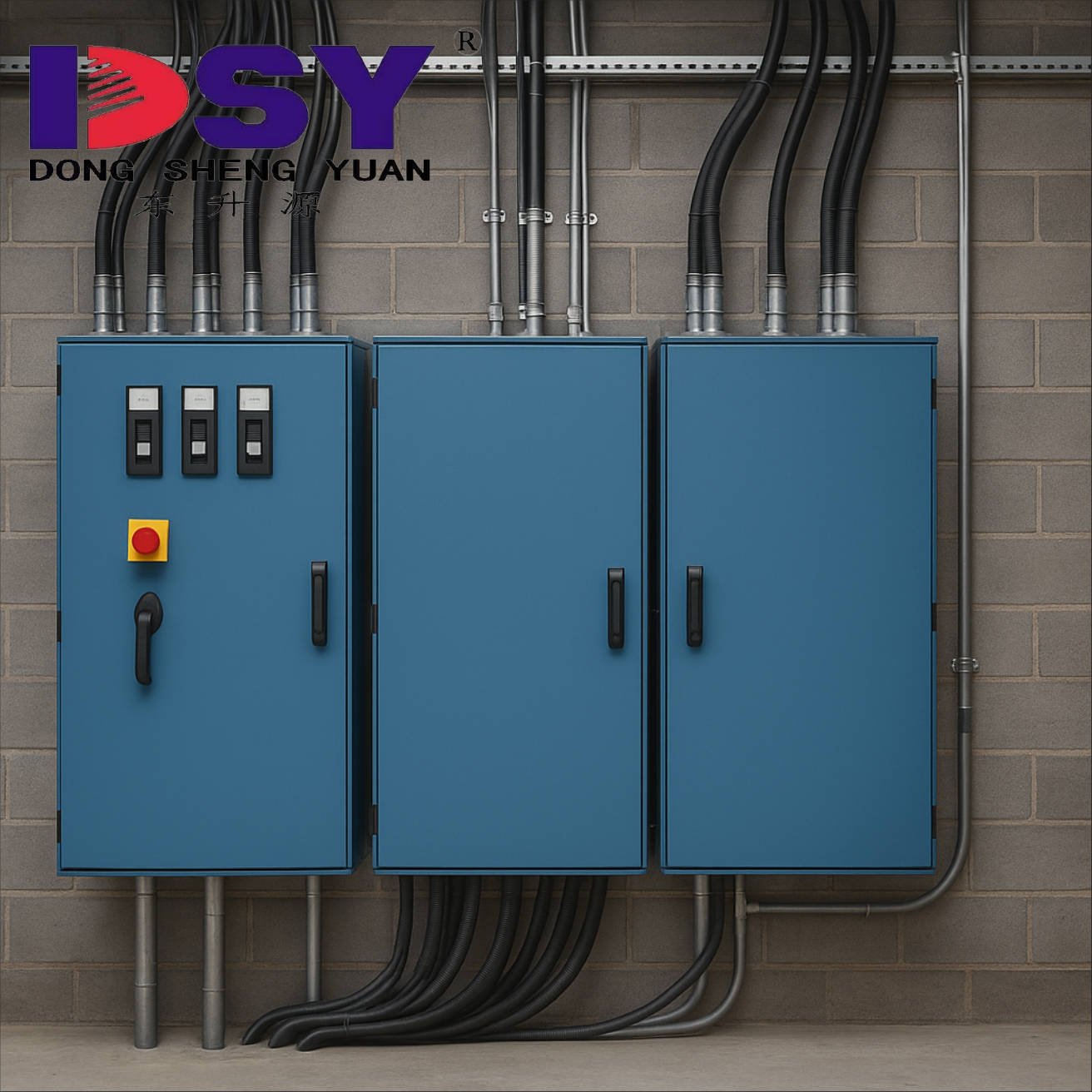
Indoor vs. Outdoor Switchgear
-
Indoor Switchgear: is installed in controlled environments like buildings.
-
Outdoor Switchgear: Weatherproof, ideal for substations and renewable energy sites.
Metal-Enclosed vs. Metal-Clad
-
Metal-Enclosed: All components are in a grounded metal housing.
-
Metal-Clad: Functional units are separated by metal partitions for extra safety.
How Does Electrical Switchgear Work?
Switchgear works like a guardian for your power system.
-
Detects faults via protective relays
-
Interrupts the power flow using circuit breakers
-
Isolates damaged sections for maintenance
-
Restores supply after the issue is fixed
Key components include:
-
Circuit Breakers – interrupt faults safely
-
Protective Relays – detect abnormal conditions
-
Busbars – distribute power within the switchgear
-
Isolators/Disconnectors – safely disconnect equipment
Applications in Different Industries
Switchgear is used wherever reliable electricity is needed:
-
Industrial Power Plants – ensure stable power for heavy machinery
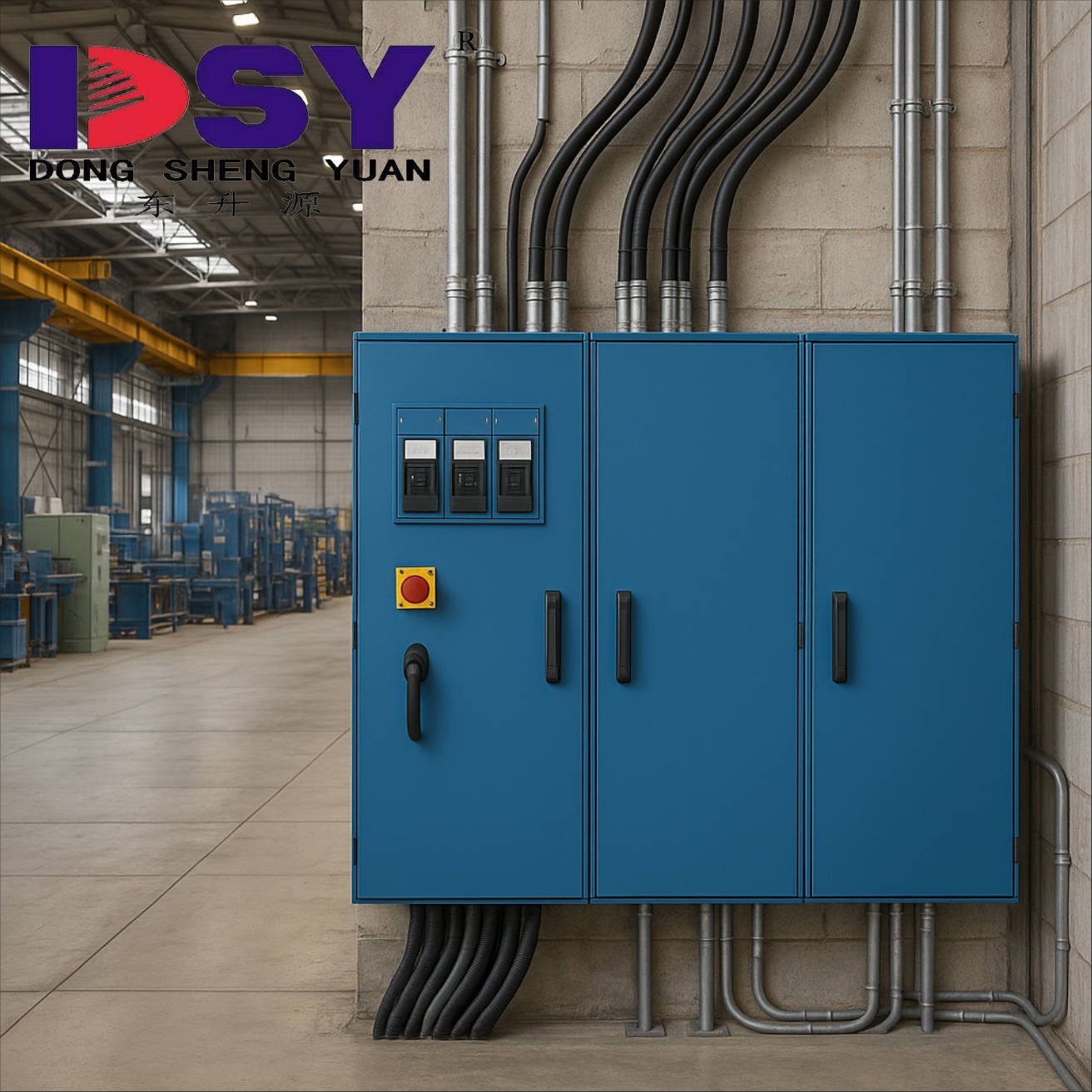
-
Commercial Buildings & Data Centers – prevent outages in IT networks
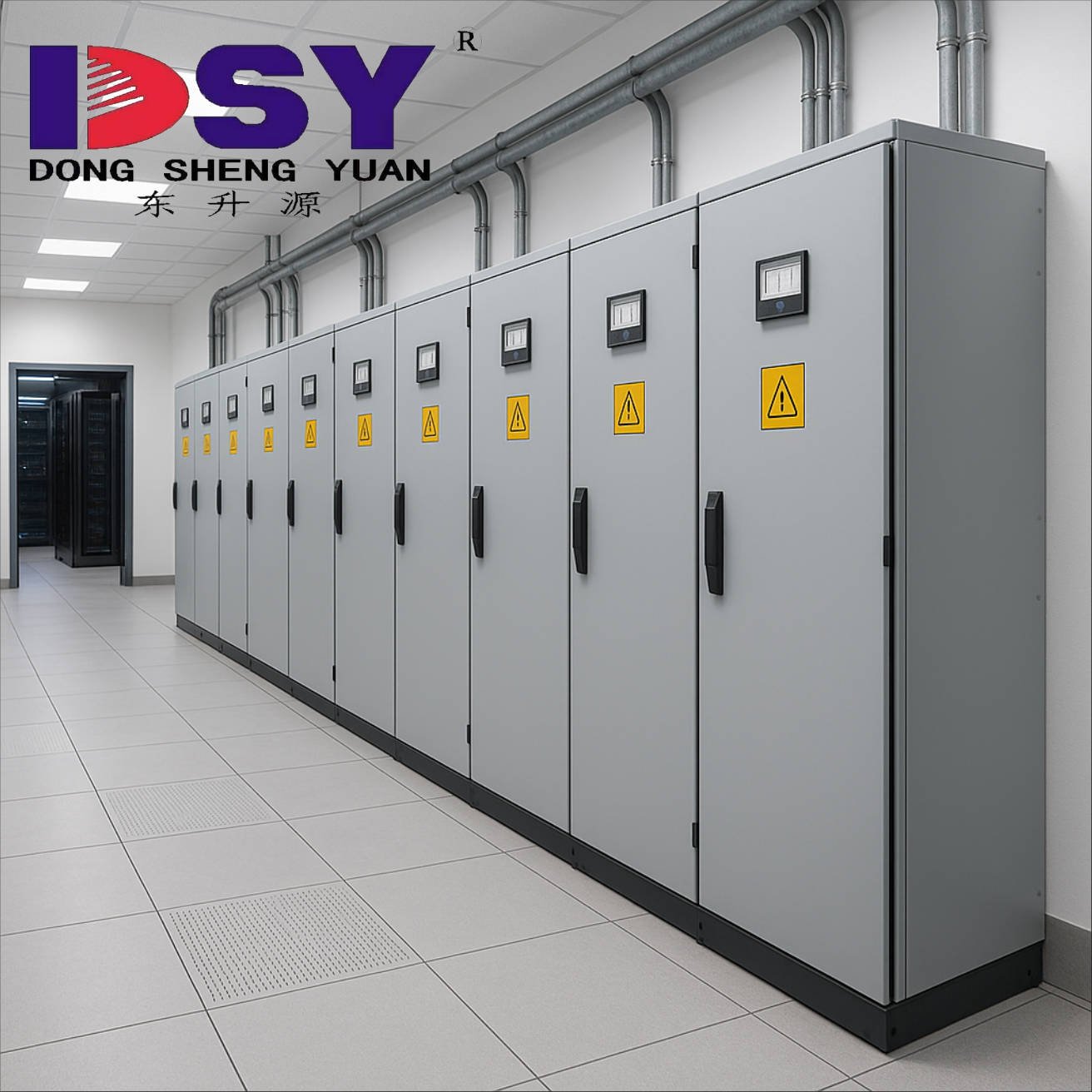
-
Renewable Energy Systems – integrate solar and wind power safely
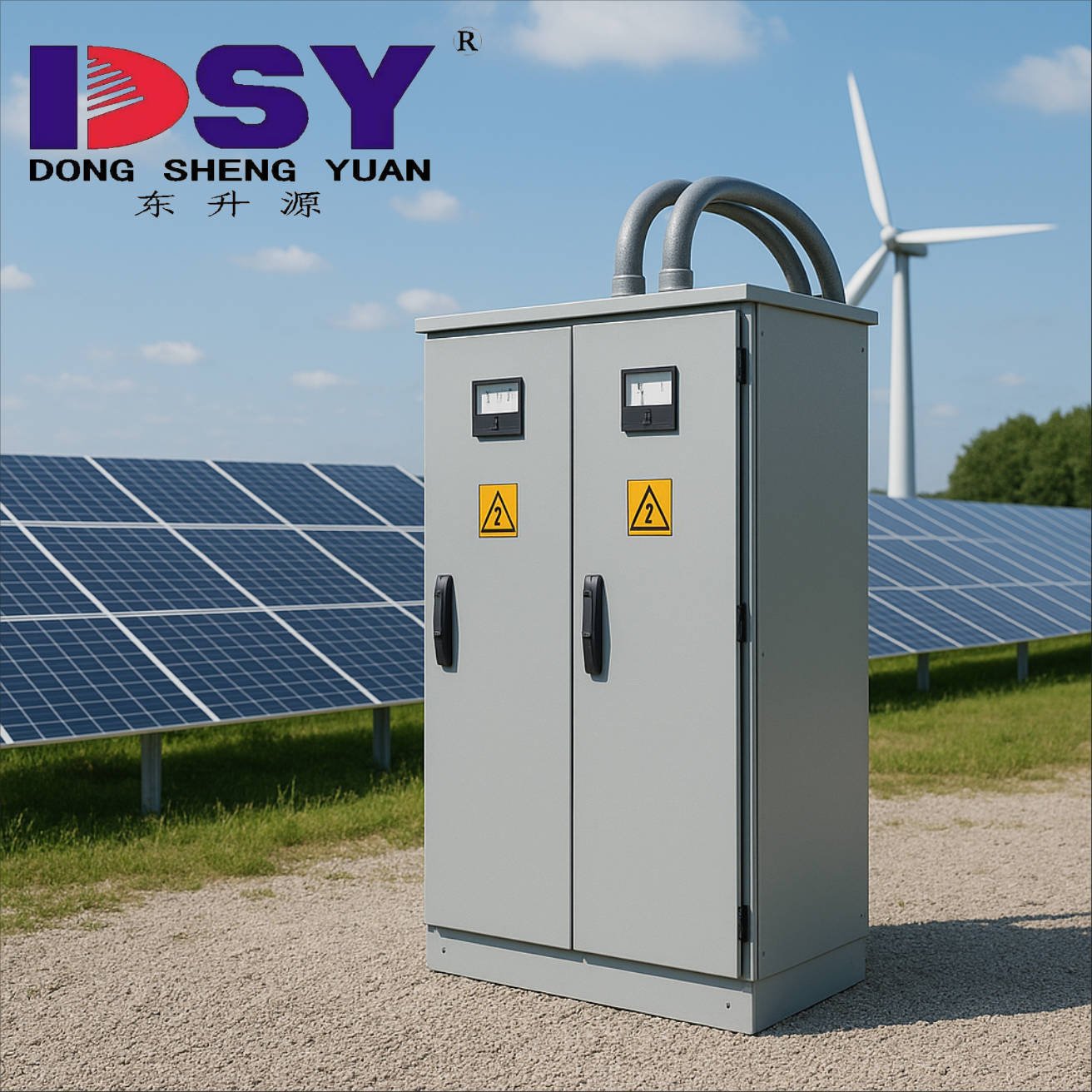
For technical standards, refer to IEEE Switchgear Standards.
Advantages of Modern Switchgear
-
Enhanced Safety with automated fault detection
-
Smart Monitoring for predictive maintenance
-
Compact Modular Designs to save space and cost
-
Eco-Friendly Options with reduced environmental impact
How to Choose the Right Switchgear?
When selecting switchgear, consider:
-
Voltage rating and current capacity
-
Indoor or outdoor installation requirements
-
Compliance with international safety standards
-
Maintenance and lifecycle cost
Pro Tip: Always choose certified, reliable manufacturers to ensure long-term safety and efficiency.
Dongshengyuan Electronic: Your Trusted Switchgear Partner
Dongshengyuan Electronic specializes in low and medium-voltage switchgear solutions that meet global standards.
Why industries trust DSY:
-
Advanced technology for durability and safety
-
Strict quality control from design to production
-
Customized solutions for diverse applications
Learn more at dsyswitchgear.com
Frequently Asked Questions (FAQ)
-
What is electrical switchgear used for?
It controls, protects, and isolates electrical equipment in power systems. -
Is switchgear the same as a circuit breaker?
No. A circuit breaker is part of switchgear, which includes multiple protective devices. -
Where is switchgear installed?
Indoors for buildings, outdoors for substations and renewable energy sites. -
What are the main types of switchgear?
High-voltage, medium-voltage, low-voltage, indoor, outdoor, metal-clad, and metal-enclosed. -
How long does switchgear last?
With proper maintenance, quality switchgear can last 20–30 years. -
Why choose DSY switchgear?
DSY offers certified, customizable, and reliable switchgear solutions for global clients.
Conclusion: Future of Electrical Switchgear
The future of electrical switchgear lies in smart, digital, and eco-friendly solutions. With the growth of renewable energy and intelligent power grids, switchgear will continue to evolve for safer and more efficient energy management.
Explore reliable switchgear solutions at dsyswitchgear.com


